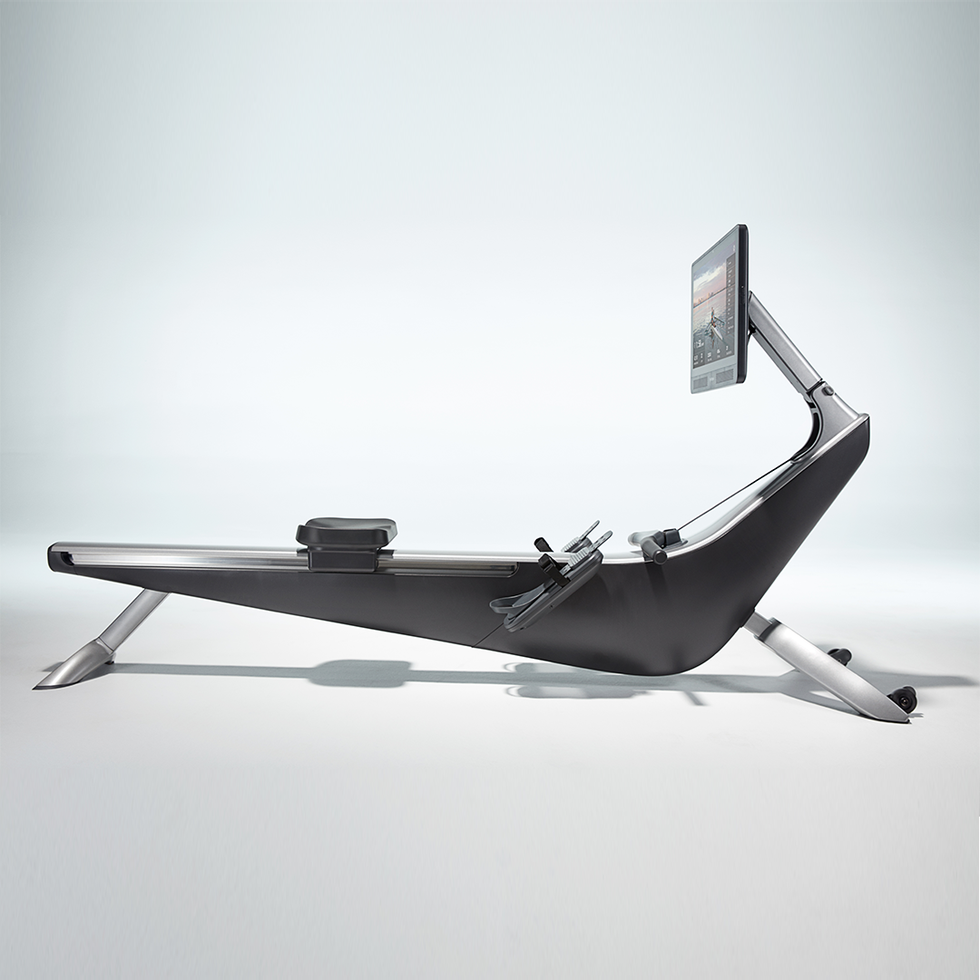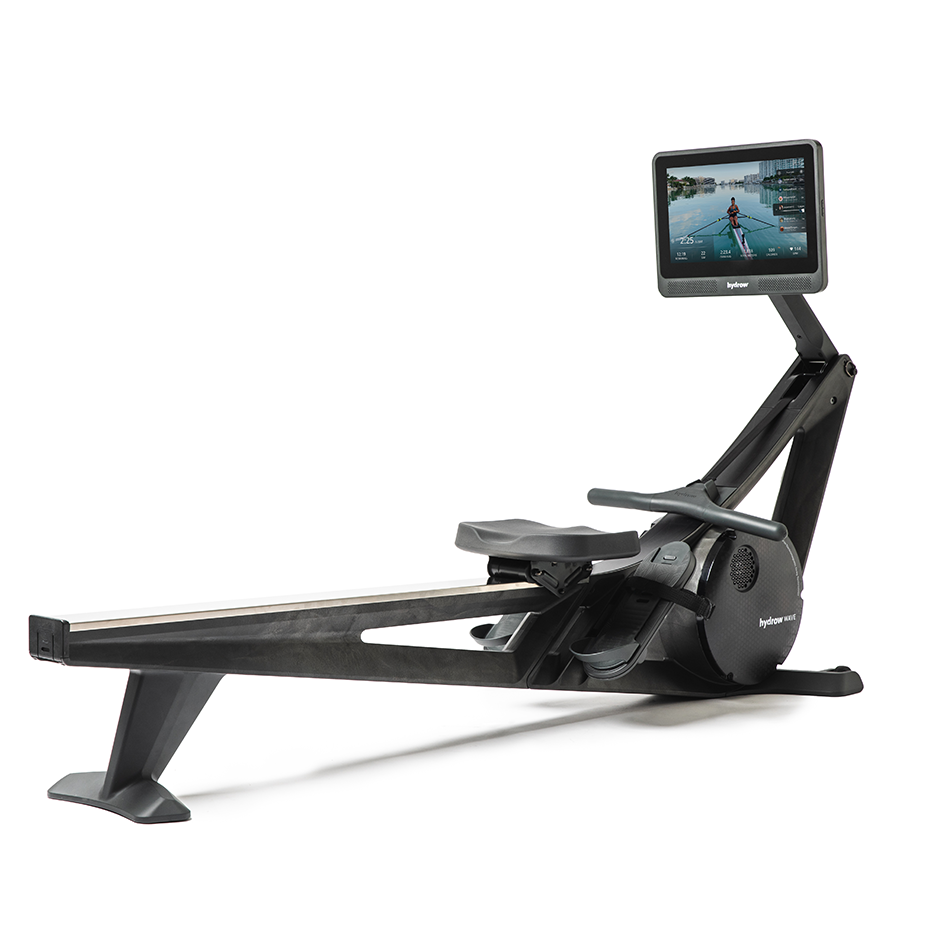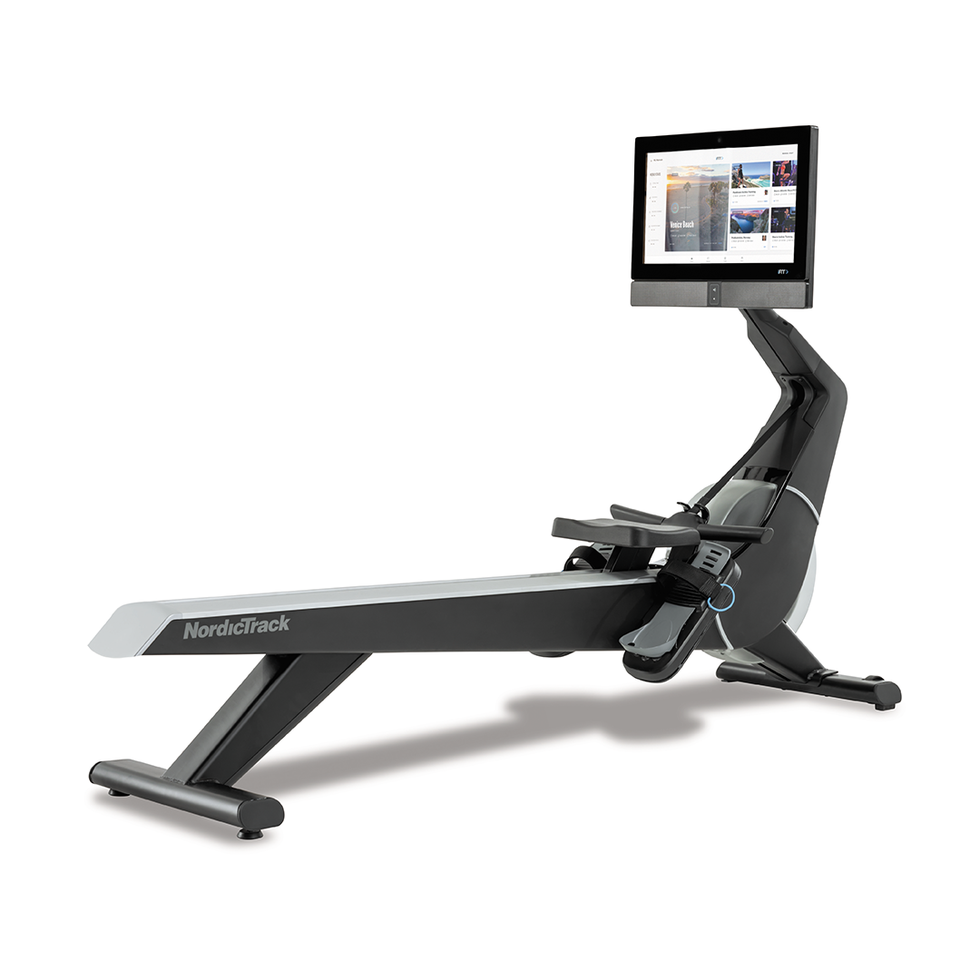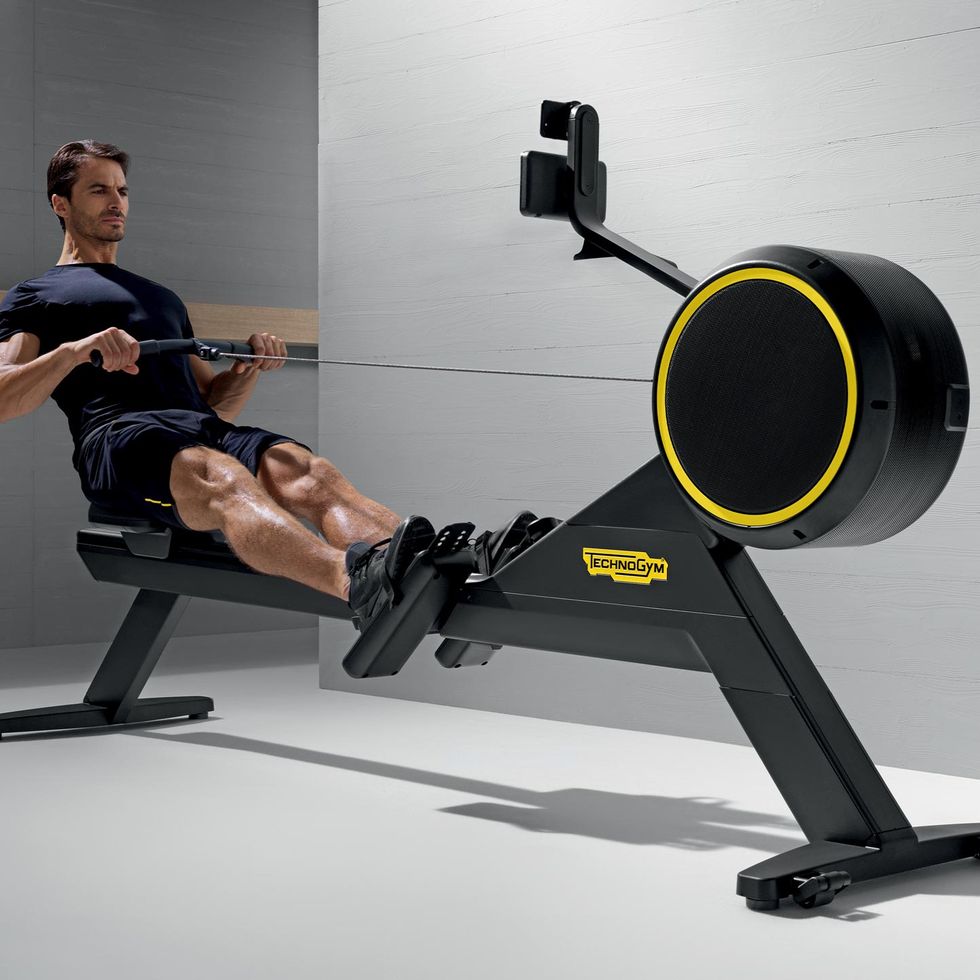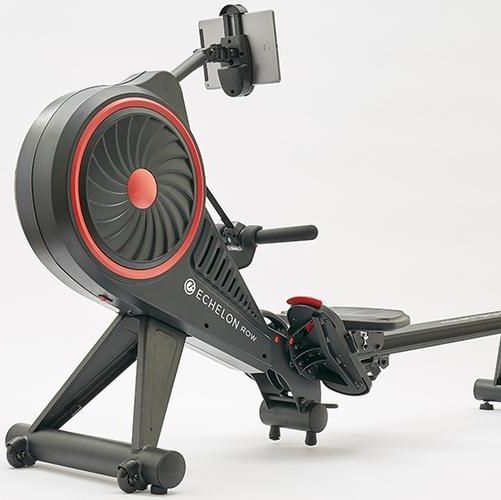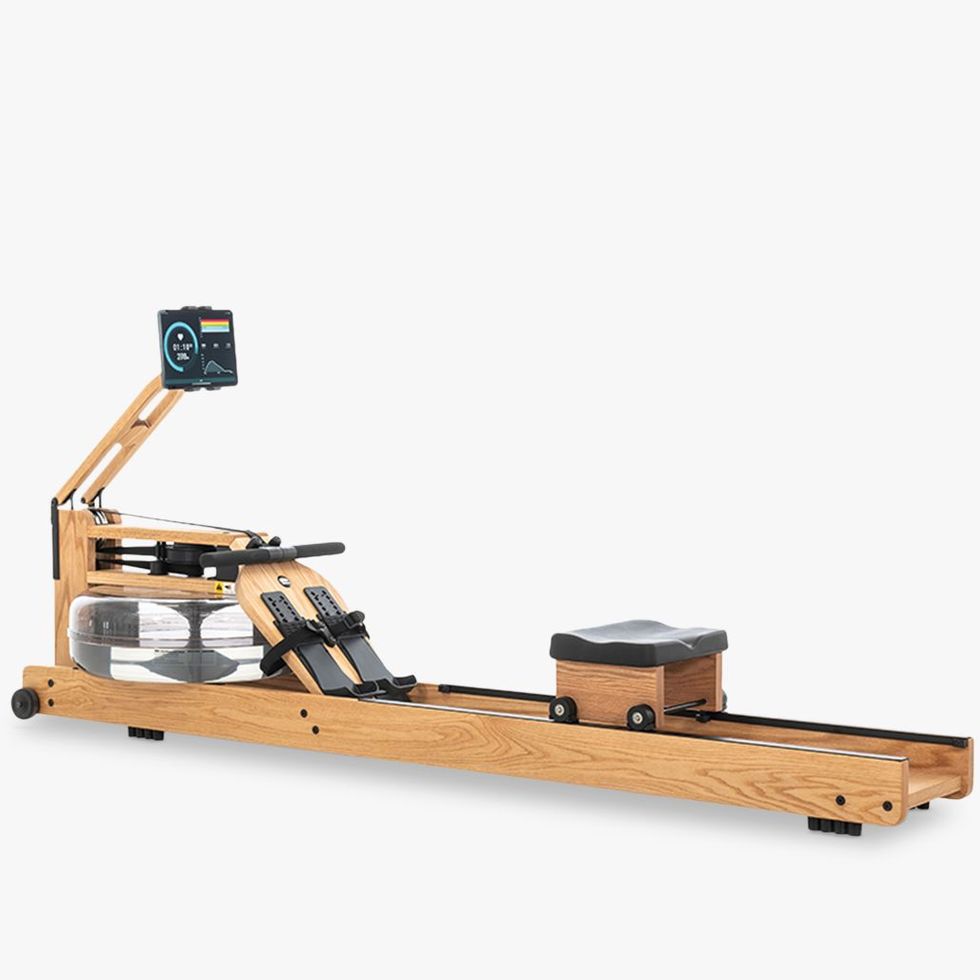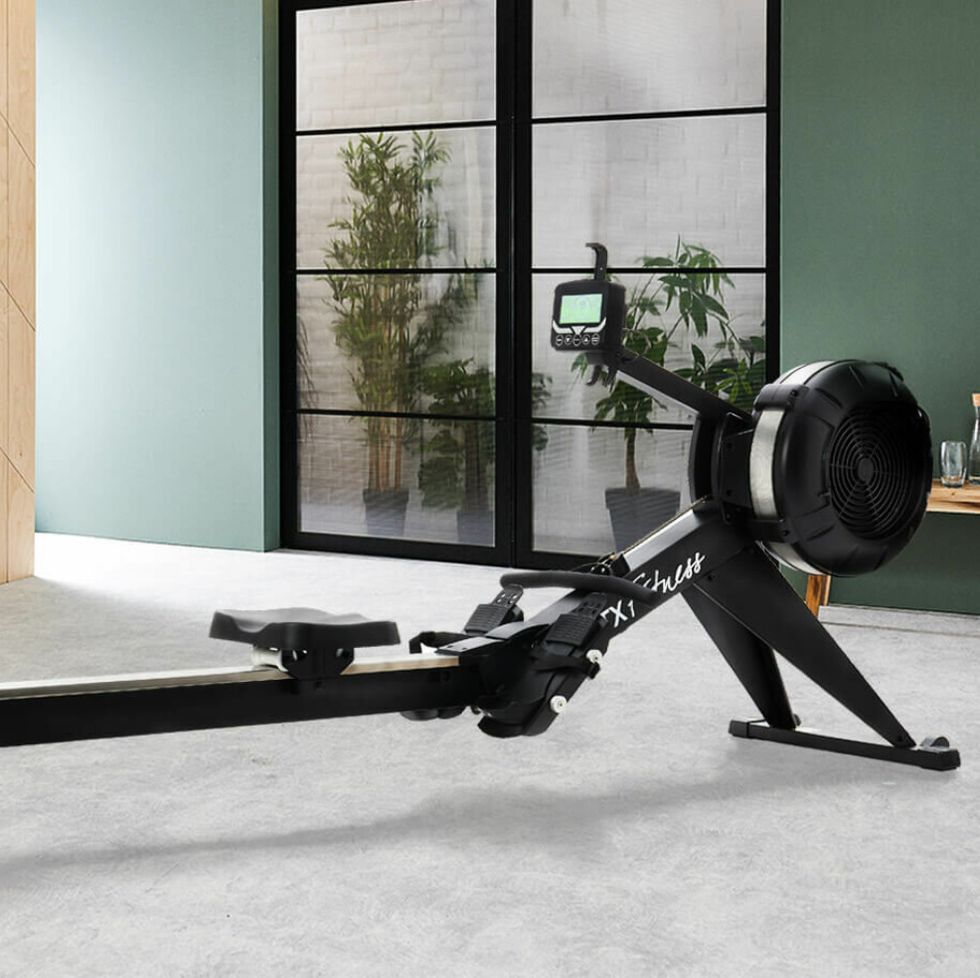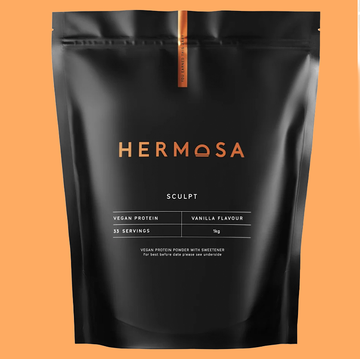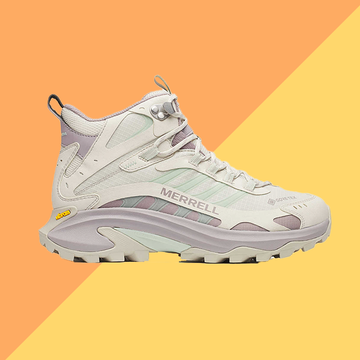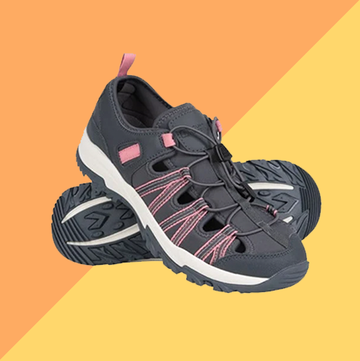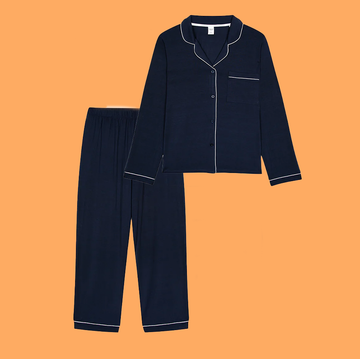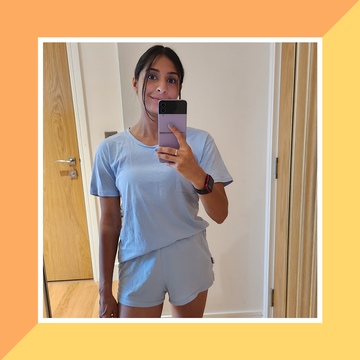We earn a commission for products purchased through some links in this article.
The best rowing machines, tried and tested by our fitness pros
Take your home workouts to the next level with our tested picks
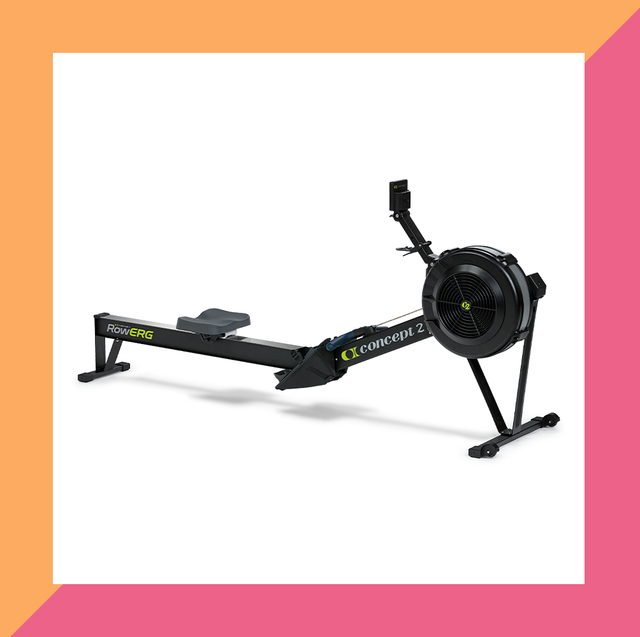
When it comes to your health and fitness and getting a great exercise session in from the comfort of your living room, rowing machines are hard to beat. Unlike treadmills and exercise bikes, they engage both your upper and lower body for a complete workout. The best rowing machines are infinitely accessible too — all you need to do is sit down and start rowing.
Complete your home gym equipment with our other tried and tested machines, from the best treadmills to the best exercise bikes.
Keen to invest? To help you find your new at-home fitness buddy, we asked our experts at the Good Housekeeping Institute to test the top rowing machines on the market. We also spoke to training specialist Rowan Clift from Freeletics for the row-down on these multitasking machines.
Oh, and Concept2, the brand behind our winning rowing machine, supplied 97% of the oars at the last Olympics, so you're definitely in safe hands.
What is the best rowing machine?
These are our top picks at a glance, but keep scrolling for our experts' full reviews.
Why should I buy a rowing machine?
Rowing machines provide a more thorough, full-body workout than running and cycling, which predominantly target the lower body. “Rowing works multiple major muscle groups, so investing in a rowing machine means you don’t need lots of different equipment,” says Clift.
And the benefits don’t end there. Here are just some.
Low impact: A rowing session can burn calories without subjecting weight-bearing joints such as the knees and ankles to additional stress.
Cardio and strength benefits: Rowing will work your cardiovascular system. Or, in layman’s terms, it will ask your heart and lungs to work harder in order to deliver enough oxygen to the muscles you're using. With consistent training, the organs will adapt and become stronger, helping them operate more efficiently.
“A rowing machine combines cardiovascular and resistance training,” notes Clift. “It gets your heart rate up, improving cardiovascular endurance, while also engaging your muscles for strength building. This dual benefit makes it more efficient than many other forms of exercise.”
Space efficient: While treadmills and ellipticals are chunky bits of kit, rowing machines’ slender frames means they are much easier to fit in small homes. Many can also be stored upright — taking up minimal floor space — or folded away when not in use.
Accessible: From Olympians to first-time rowers, anyone can hop on a rowing machine and get a good workout. Some of the machines we tested, like the Hydrow Pro Rower, provide coached workouts to help you fine-tune your technique too.
Stress relief: We’ve spoken about the clear physical benefits of rowing machines, but there are also myriad mental benefits, too.
“Like most forms of exercise, rowing releases endorphins that can help reduce stress and improve mood. The repetitive motion and rhythmic strokes also provide a meditative experience, which can help clear your mind and reduce anxiety,” explains Clift.
What are the different types of rowing machine?
Rowing machines tend to be categorised by how they provide resistance. Most machines will fall into three main camps.
Air rowing machines: The most common and popular type of rower, air rowing machines have a flywheel inside a cylindrical case. The flywheel is attached to a chain or belt that, when pulled using a handle, causes the wheel to spin. The faster you row, the faster the flywheel will move, generating more resistance from the air.
These machines tend to be smooth and hardwearing, offering a range of resistances to mimic on-water rowing. They can, however, be a little noisy.
Magnetic rowing machines: Similar to air rowers, these machines have a flywheel attached to a belt or chain. Strong magnets are used to work against the flywheel and generate resistance.
Magnetic rowing machines are a great option for home workouts as they’re near silent to use and are usually on the smaller side. Many feel they aren’t as realistic as their water and air-based counterparts, but they are still great if you just want a good workout.
Water rowing machines: This might seem like an obvious solution to replicating rowing on land, but water rowing machines are a relatively recent addition to the mainstream market. A handle attached to a belt or chain spins a paddle-like flywheel inside a water tank, with the liquid providing the resistance.
They’re quiet, require minimal upkeep and offer the most realistic rowing experience of the lot. You may find they are on the larger side and can be pricey but, if the WaterRower, is anything to go by, we’d say they’re the best looking of the bunch.
How we test
Our Good Housekeeping Institute fitness expert tested a range of rowers to see which ones were capable of providing a thorough exercise session — and the health benefits that come with it.
Each machine was tested against five factors: ease of use, design, functionality, instructions and performance. To score highly, they had to impress our expert when it came to their comfort, stability and safety, offering a smooth pull at all speeds.
Points were also awarded for features that will help both newcomers and seasoned oarsmen up their game. For example, the provision of performance data including pace and calories burned, and easy to use, in-built workouts.
The final opportunity for rowers to earn extra credit was through their practicality — how easy they were to move and store. All points were totted up to deliver a final score out of 100 and crown our winner.
Priyankaa is our sleep and wellness expert, specialising in expert-tested reviews and roundups on the latest health and fitness products. From walking boots to running machines, Priyankaa has written about hundreds of products and is passionate about providing in-depth, unbiased reviews. Plus, as an avid runner and gymgoer, she knows exactly what to look for when finding the right gymwear, fitness tracker or earphones.
Priyankaa has an MA in Magazine Journalism from Cardiff University and over five years’ experience in health and fitness journalism. Priyankaa has written for Stylist’s Strong Women Training Club, where she regularly wrote about diversity in the fitness industry, nutrition tips, training advice and her experience completing various fitness challenges. She has also written for a variety of publications including Business Insider, Glamour, Bustle, Metro, HuffPost UK, gal-dem and more. Outside of work, Priyankaa can usually be found trying out a new gym class, seeking out London's best eats or watching a Spanish TV show in a bid to keep up her language skills.
Madeleine is our Lifestyle Writer, specialising in expert-tested reviews and round-ups on the latest beauty Beauty and Health & Wellness products. From skincare to protein powders, Maddie is committed to providing honest and helpful reviews to help guide readers to the best product for them. Maddie has a BA in English Literature and Language, which stemmed from her lifelong interest in reading and writing. She started her post graduate life at Hearst UK within a marketing capacity, which quickly turned into a desire to fulfil a writing career.
When she is not writing about the latest expert reviewed products, you can find her rifling through vintage shops or car boots, reading a print magazine, or capturing portraits on her film camera.

Yanar was our former health and wellness tester.

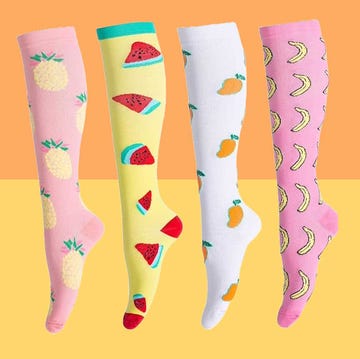
The best compression socks for travelling
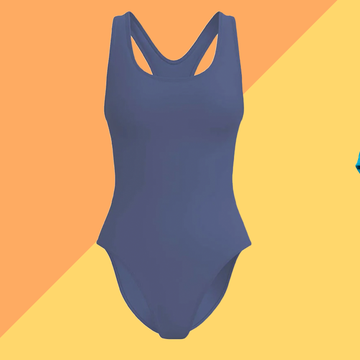
The best period swimwear, tried and tested

The best sleep supplements to help you nod off

The best running shoes to shop now

